The arthrosis of the knee joint is slowly progressive inflammatory deieneration joint disease. Most often, this disease is observed in the middle and the elderly, and this is the most common cause of frame-muscular pain in the zone of knee and disability. From this publication, you learn how to treat arthrosis of the knee joint.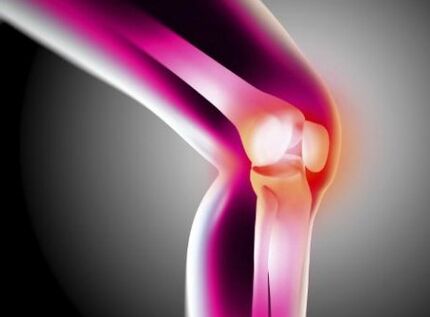
General description
In the knee joint, the femur and tibia are covered with joint cartilage. There is also a second type of cartilage tissue that is Menisci, which is layered, which is layers or punch fans. The joint fluid adds additional protection and smoothness. Osteoarthrosis begins when the bones are protected by cartilage disorder and damaged, which resulted in the surface of the bones exposed and the joint lubricant is eliminated in the desired amount. In this case, both the complete and partial loss of the cartilage can be observed. This process is often distinguished by a certain area of the joint, in which case it can be caused by the injury and the abrasion of the chronic joint.
The deforming arthrosis of the knee joint is characterized by the process of destroying the porchs. In the future, the nearest tissues, such as ligaments and bones, may include the process. The gonarthrosis of the knee joint or the losing of the knee joint is accompanied by stiffness and joint deformation. Bones (osteophytes), which are abnormal growth of bones, can sometimes be felt from the outside. The surfaces of the bones are deformed, no longer closed, and do not fit together as in healthy joints. As a result, the restriction of movements increases.
At the same time, pain occurs, which is especially severe when it moves after longer agility, such as morning and night, which eventually leads to a reduction in quality of life. Stress can also provoke pain in the affected joint. An indirect sign of the pathological change of cartilage is a visible narrowing of the joint cavity between the femur and the tibia in the X -try image. 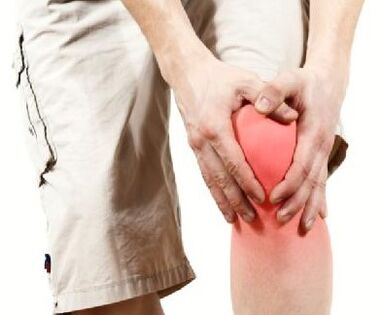
Reasons
There are many reasons for arthrosis: this is the process of aging, overweight, injury, aging and abrasion of autoimmune diseases, in which immunity attacks its own joint tissue, inflammation and subsequent destruction. An example of this is rheumatoid arthritis, in which both joints are affected and disabled. Some experts combine concepts such as the knee joint artrite and arthrosis, the symptoms of these diseases are similar and often caused by the same cause.
The reduction of blood supply to the femur can also cause deformation, in which case they are talking about aseptic necrosis. Inadequate formation of the knee joint in early childhood can lead to a mechanical axis and degeneration of the knee joint. Post -traumatic arthrosis is a result of damage to the secondary and meniscus, anterior or back crucifixes.
Symptoms
Three degrees of arthrosis in the knee joint, each of which has its own signs. In the first stage, there is a slight pain, discomfort in the sore spot and periodically swelling. The second stage is accompanied by an increase in symptoms, crunching appearance and limiting mobility. When painful feelings do not leave people and the cartilage is thoroughly destroyed, the disease is placed in the arthrone of the 3 -degree knee.
Joint pain may occur suddenly, but most often develops slowly. One may notice the pain in the morning after he lifted out of bed. The knee can hurt if you go up the stairs or when you need your knees, and often only one walk occurs. In the case of weather -sensitive people, weather changes can also cause joint pain.
Swelling is a consequence of inflammation that increases periodically during arthrosis. The edema can also be associated with the formation of bone dirt or the accumulation of excess fluid in the knees. They can be pronounced after long inactivity, such as in the morning or after a long stay on the table. The skin can be reddish and hot when you touch it. When chronic inflammation of the joint occurs, the removal of pain and edema is usually achieved by taking anti -inflammatory drugs.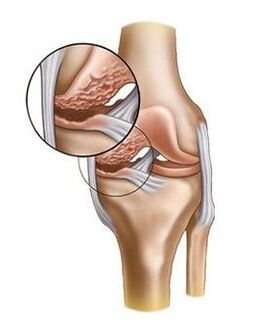
Loss of stability over time is due to the weakening of the muscles and the instability of the whole system. From time to time there are situations where a person simply cannot bow or completely straighten the leg in the knee. Such a symptom is usually accompanied by arthrosis of the 2nd degree knee joint. During the mobility, it feels a crunch because the cartilage has lost its original smoothness and the required amount of synovial lubrication. In later stages, a squeaky sound can cause the fact that the bones are rubbed against each other when the bones move.
A limited range of movements can be seen on the stairs or during training. Many are forced to help walks or canes. The deformation of the knee joint is perhaps the widest symptom of the joint, as it indicates that it shows irreversible changes in the joint and transforms people into disabled people. The knee can turn to each other and outward. The knee deformation is hardly noticeable significantly.
Diagnosis
The definition of osteoarthritis of the knee joint begins by physical examination of the doctor, studying the history of the medical history and discussing the patient. Be sure to pay attention to a doctor who most often causes pain and tell us about the case of family illness, if any.
A further diagnosis is made:
- Radiography that can show the presence of bones and changes in the cartilage;
- magnetic resonance imaging;
- Blood tests allow autoimmune disorders to identify.
How to treat the knee joint artrosis, what drugs do you need? Find answers to these questions.
Principles of treatment
Standard treatment of arthrosis of the knee joint is primarily aimed at eliminating pain and removing functional restrictions. It is worth knowing that painkillers only weaken the symptoms, but are unable to influence the course of the disease and restore the injured cartilage. For the treatment, drug reliefs, non -steroid anti -inflammatory drugs, slow -acting gold products, corticosteroids, methotrexate, etc.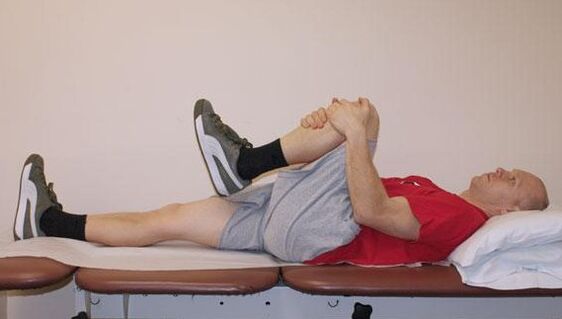
In addition, surgical intervention, physiotherapy and physiotherapy may be required. Tournament with arthrosis of the knee joint helps to treat significantly, and the exercises are selected by the attending physician. Despite the fact that in modern pharmacology, active research and the most effective and safe drugs are being developed, most drugs continue to have side effects and disrupt the normal functioning of systems and organs for a longer period of time.
Drug treatment
Medication for the arthrosis of the knee joint provides three main directions:
- the use of non -teraid anti -inflammatory drugs needed to relieve pain and reduce the intensity of the inflammatory process;
- Taking drugs to restore cartilage, which includes chondroprotectors: glucosamine and chondroitin;
- The use of creams and ointments in the complex therapy of deforming arthrosis.
Combined with physiotherapy and manual therapy, taking medicines allows you to slow down joint cartilage, accelerate the regeneration of cartilage tissue and restore normal functioning of the limb.
The main purpose of drug treatment is to eliminate pain, improve the nutrition of cartilage, activate recovery processes, increase joint mobility and normalize knee circulation.
Nesteroid drugs
The most common during treatment of arthrosis is non -sertoid anti -inflammatory drugs such as diclofenac, indomethacin, pyroxicam, ketoprofen and others. They are used to relieve pain and reduce inflammation, but long -term treatment with these drugs is not recommended as this group has unwanted side effects, including the negative effects of the stomach and intestine, the effect of kidney, liver and cardiovascular system. Each drug has its own property. And recently began funds with a minimal risk of the patient's health.
In addition, despite the need to use these devices, some studies have shown that NSAIDs are capable of reducing the production of proteoglycans, thus dehydrating the cartilage tissue, so these drugs should be strictly taken under the doctor's prescription and control. The frequency of side effects of NSAIDs increases with longer use, which is a necessity for many patients with arthrosis. Experts recommend that selective anti -inflammatory drugs have to be chosen for long -term use with less side effects and has no negative effect on cartilage metabolism. 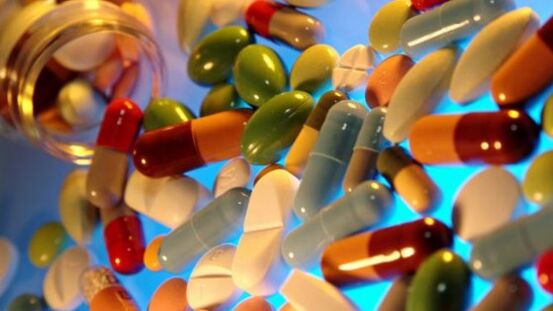
Most non -sertoid anti -inflammatory drugs are produced in various forms: capsules or tablets, injections and ointments or gels in the form of a solution.
To restore the cartilage
For nutrition and regeneration of cartilage tissues, constant intake of compounds such as chondroprotectors - glucosamine and chondroitin. These are useful substances for people with knee -fil osteoarthritis. They can count on the positive therapeutic effect for a very long time, at least six months, only in this case. Condroprotectors improve the quality and quantity of synovial fluid, unlike NSAIDs, increase the synthesis of proteoglycans and contribute to the regeneration of cartilage plate. However, due to such useful properties of these compounds, these should not be considered as the main treatment of arthrosis. Deformation of the arthrosis of the knee joint requires at least 1, 5 years to use chondroitin and glucosamine preparations. It is also taken into account that they are unable to restore the perfectly destroyed cartilage.
Ointments and creams
Treatment of a disease such as the arthrosis of the knee joint includes topical use of gels and ointments. These forms of dosage cannot be relying on the only option of therapy, and their use should be considered as the necessary complement to the reception of NSAIDs and chondroprotectors. Such drugs significantly reduce discomfort, pain, swelling, and improve joint mobility.
This effect is explained by the fact that penetration into the blood on the skin, ointments and creams improves the circulation of the joint, accelerates the metabolism of the cartilage and its regeneration accordingly.
Compressors
Requests for osteoarthritis have a greater impact than ointments. For therapeutic compression, the Dimexide tool is often prescribed, which has a good inflammatory and analgesic effect and penetrates well into the tissue. Bishophyte is also effective, accelerating metabolism in the cartilage.
Injection
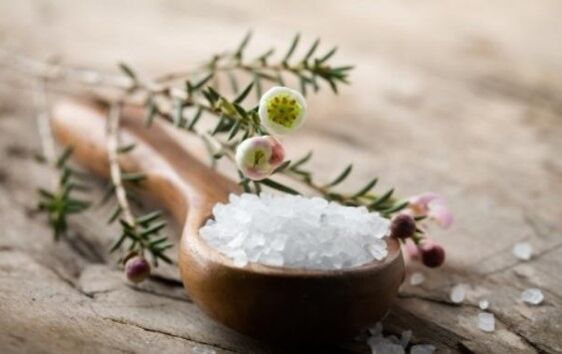
Within the knee joint, the synovial fluid is very viscous, which ensures the lack of tissue friction. An important part of this lubricant is hyaluronic acid, which binds proteoglycans to stabilize the structure of the cartilage tissue. In patients with arthrosis, the level of the compound is significantly reduced in synovial fluid, resulting in a less viscous and friction.
Injections in the knees based on hyalurons can slow down the progression of osteoarthrosis, but only half of people with such a diagnosis are symptomatic. The injection process is usually performed three weeks and one injection every seven days. After six months, the procedures are recommended.
Folk medicines
The arthrosis of the knee joint provides an integrated approach to treatment and the recipes of conventional medicine act as additional therapy. Tools such as onion shell decoction, dandelion leaves, aloe, vodka and honey are equal volume, salt night compressors with honey and many others. We recommend that you eat more gels and jelly.
The replacement of the joint
If the above treatment methods did not produce the result, the joint is shown by replacing the joint with endoprothesis. The main purpose of the operation is to restore the natural mechanical axis of the foot and to completely release pain and discomfort. In this case, part of the joint or entire joint can be replaced. The continuous development of surgical equipment and the quality of implants are quite successful and widespread.























